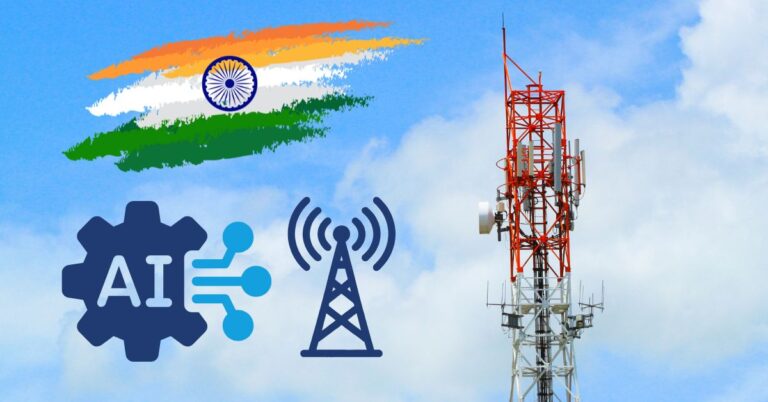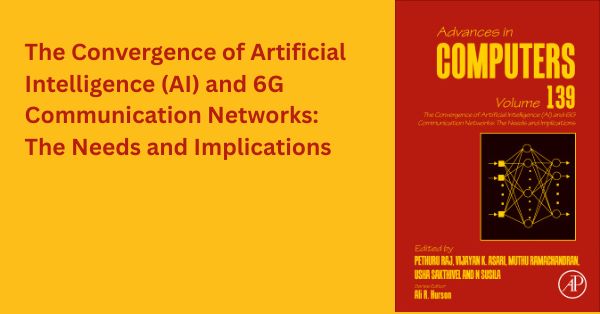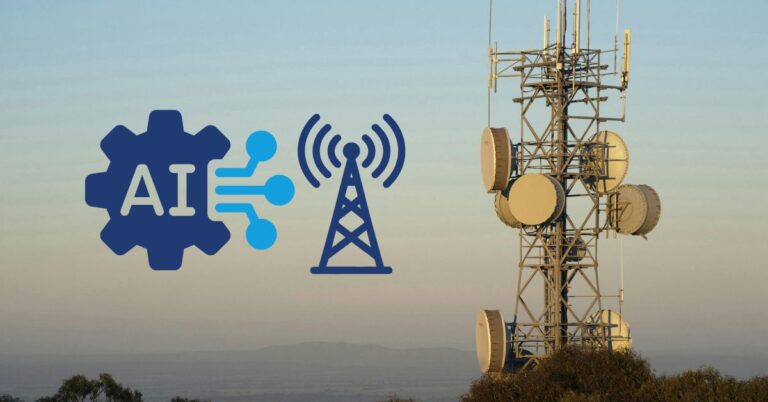Out of India’s three biggest telecom companies, only two offer 5G services to their customers. These are Jio and Airtel. While Jios’True 5G network is a standalone (SA), Airtel uses a non-standalone (NSA) that leverages the current 4G infrastructure.
Reliance Jio offers 5G services to a designated group of consumers through its 5G Welcome Offer. In contrast, all of Airtel’s customers can take advantage of the network if they own a compatible smartphone and live in an area with available 5G coverage.
Jio 5G
Reliance Jio has already reached several cities with 5G, including Delhi, Mumbai, Chennai, Hyderabad, Bengaluru, Kolkata, Gujarat (33 District Headquarters), Pune, Gurugram, Noida, Varanasi, Ghaziabad, and Faridabad. By the end of this year, Jio plans to expand its 5G-powered Wi-Fi coverage to other major towns in Nathdwara, and by 2023, it intends to roll out across India.
Airtel 5G
Airtel 5G is available in Delhi, Mumbai, Chennai, Bengaluru, Hyderabad, Siliguri, Guwahati, Panipat Pune (airport area), Nagpur, Varanasi, and Gurugram. Airtel’s network is projected to grow by December. In a few years, Airtel plans on providing 5G networks throughout India.
4G SIM can be used for 5G
According to both operators, users with a 4G SIM will not need to buy a new one for 5G. When 5G becomes accessible in their area, their current SIM card will be able to support the new network and connect them to it.
Smartphone compatibility with 5G
Most smartphones with 5G capabilities can connect to Jio and Airtel 5G networks. For cell phones that don’t yet support the network, there are OTA (over-the-air) upgrades available. As soon as all the manufacturers release their respective OTA upgrades, the devices can access the 5G network.











































